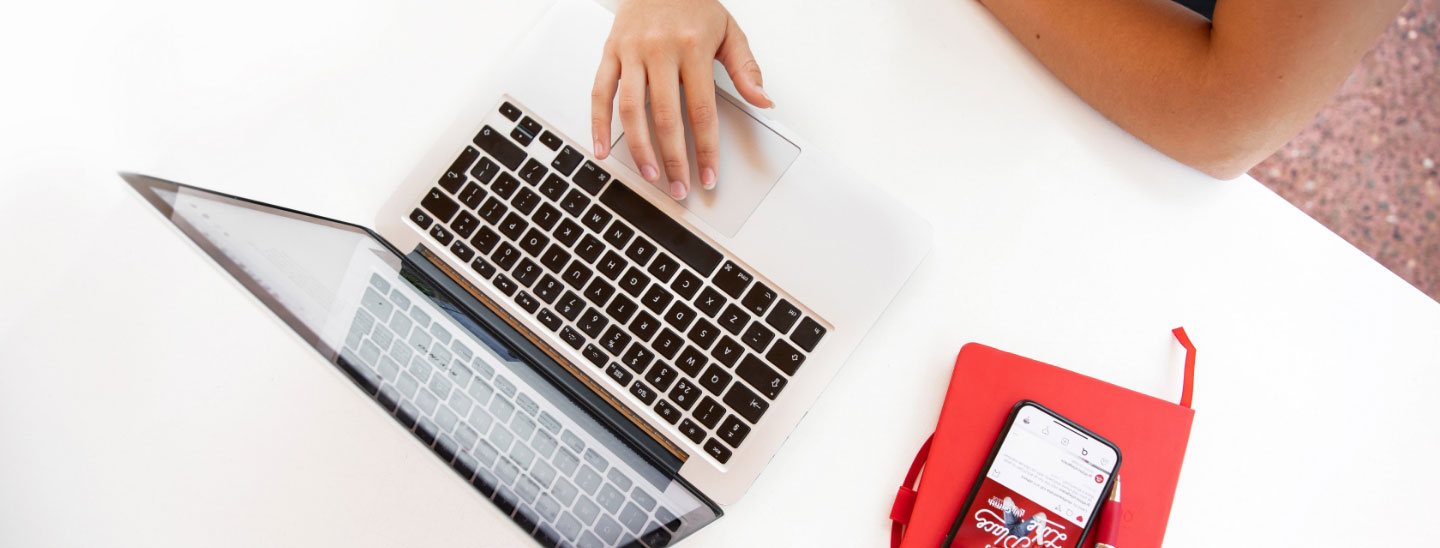
Normally the creator owns the copyright on creating the work. The easiest way to find the copyright owner is to look for the © symbol on the work. For example, © 2020 Griffith College. Here Griffith College owns the copyright, and the copyright began in 2020.
As the employer, Griffith College owns the copyright in educational materials, creative works, and software created by academic and general staff under their employment. For more detail, see Copyright and Screenrights Licence Policy.
As the employer, Griffith College owns the copyright in educational materials staff create. If academic staff leave to teach elsewhere, Griffith College grants the staff member a licence to use the educational materials (they individually created whilst working at Griffith College) in their new position. Staff should acknowledge that the educational materials were created at Griffith College.
If you are posting materials on password-protected platforms (restricted to Griffith College student email and password login) for your study or assignments where only your teacher and/or other Griffith College students have access. You may include fair portions of images, diagrams, videos, music, articles, books etc created by others. Generally, this means that, you may include materials that are freely and lawfully available on the web, such as video clips, images and articles. You may also link to (or embed a link to) YouTube videos or other web materials.
If you are posting materials on non-password protected platforms accessible by anyone on the web.
You may only include:
Remember to reference the material you use. (Links to APA 7 GU Library Resource)
*Get the material you want on CC Search. The “Google Images” tabs and “YouTube” tabs generally supply the best results for images and videos respectively. Remember to reference the CC material you use.
You may copy:
You may take notes and share these with other College students for the purposes of group study and group assignments. However, present and past students are warned against selling Griffith College teaching materials and their student notes online through commercial websites.
Griffith College teaching materials include materials on Moodle (such as course readings, learning content, recorded learning experiences, curated learning activities and virtual laboratories). They also include the content of live learning experiences, exam materials, as well as assignment questions.
The copyright in all Griffith College teaching materials either belongs to Griffith College or is under licence or permission from other parties for Griffith College use only. Copyright even exists in the structure and layout of your course; the order of the words your tutors say; the notes and diagrams your tutors write on the whiteboard; as well as tutorial, assignment or exam questions. Permission is required to use or adapt copyright materials belonging to others.
Therefore posting student and exam notes and other such materials relating substantially to Griffith College courses on the internet and commercial websites will almost certainly be in breach of copyright law and Griffith College’s IT Acceptable Use Policy, Griffith’s IT Code of Practice.